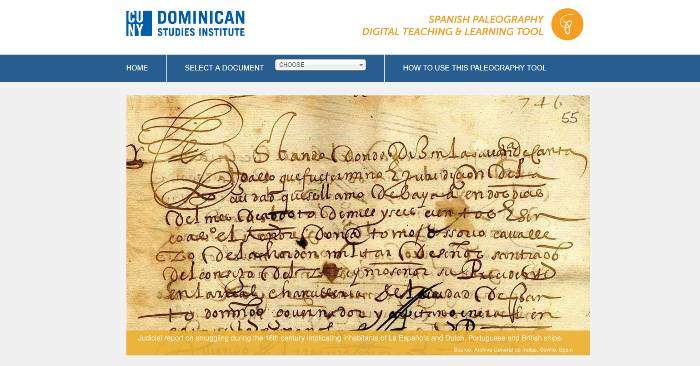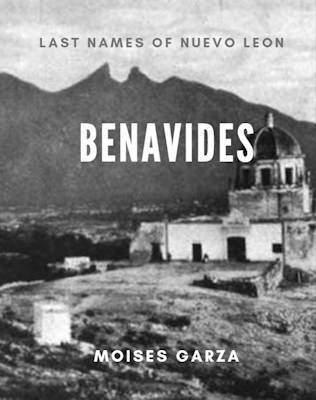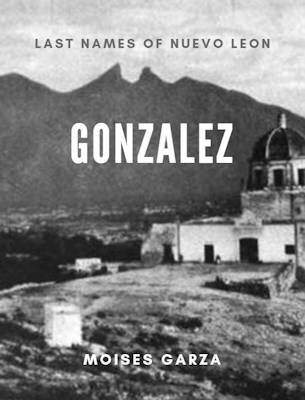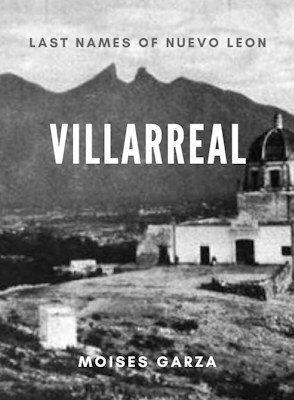In this post, I provide you with a great resource to learn to read Spanish documents from the 16th and 17th Centuries. The reason for sharing this resource is that reading old Spanish records is hard and sometimes it can even discourage us from our genealogical research. Earlier this month I was presenting at Las Villas del Norte and someone asked me as to how far back I had taken some ancestor lines and I explained that as far back as to Spain.
Then they asked me as to my experience researching old Spanish records. I told them the truth, that I had really not researched because of my ignorance in reading old Spanish documents.
To be honest with you, that is the reason that I have continued to focus only on my ancestors from Mexico. These past two weeks I have been focusing more on trying to learn how to read those old documents and I want to share a tool that has been helping me out.
I am sure that it will also help you out. It is called Spanish Paleography Digital Teaching and Learning Tool by the Dominican Studies Institute.
Learn to Read Spanish Documents from the 16th and 17th Centuries
Here is the link to the tool: Go to the Tool
As you can see from the above test on the image that these records are hard to decipher, read, and understand.
About the Paleography Tool
The Spanish Paleography Digital Teaching and Learning Tool is an online interactive resource to assist you in the learning of the deciphering and reading of manuscripts written in Spanish. The sample manuscripts showcased in the Tool are representative of the different handwriting styles prevalent throughout the Spanish-language world during early modern times: cortesana handwriting, procesal handwriting, Ensenada handwriting, and humanística handwriting.
View Tutorial on How to use the Tool
They also have a great tutorial on how to use the tool to make it easier for you to quickly start using the tool and learning. Click here to view tutorial: View Tutorial
It Takes Time to Learn
At first, you will feel that it is a daunting task but I am grateful for this tool. When I started reading old Mexican records it took me months to master their reading and transcribing. I would search online for samples and hardly found any but I still got it down. I am just thinking how different my experience would have had been if I would have had a tool like this one for Mexican records.
Two Other Resources To Help You Learn to Read Documents
- Get Help Reading Old Handwritten Documents
- Learn How to Decipher Spanish Documents From the Twelve Through the Seventeenth Centuries
So now you have a tool to help you learn to read Spanish documents from the 16th and 17th centuries. In the comments below let me know what you think about this tool. Take care and have fun, until the next time.








Thank you for this blog post. I’ve only taken a cursory look at the tool, but it looks like the information that I need. I am also stumped by old Spanish records. My husband’s line goes back into early Taos, NM, but once it veers out of that area into Mexico and Spain, I’m stumped by the language. Since I want to push further on my own, this gives me a valuable starting place.
Glad you liked it and I truly hope that it helps you in your research.
The tool looks to be a valuable asset. I looked at the sample and was able to read some of the “items” that were listed without looking at the translated item.
A short remark on the records from Mexico: The major problem is the indexing mistakes made. I keep finding many different ways for the spelling of my relatives. This slows my research as I have to look at more records than necessary in fear of ignoring a relevant one. Sorry, but just had to get that off my chest.
glad you liked it and I share similar feeling in regards to misspellings on indexed records.